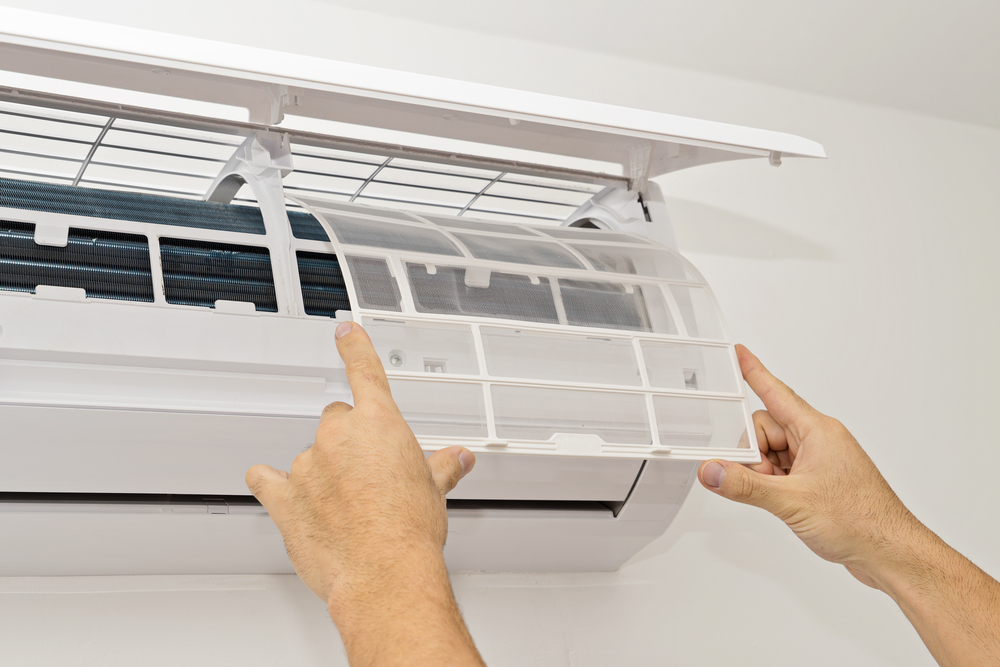Understanding Humidifiers: Types, Benefits, and Selection Guide
A home humidifier can help maintain balanced indoor air by adding gentle moisture, making living spaces feel more comfortable. Exploring different models and features can assist in finding an option that fits various rooms, routines, and preferences without making sweeping claims.

Maintaining proper indoor humidity levels between 30-50% creates a more comfortable living environment and can provide significant health benefits. Dry air, particularly common during winter months when heating systems are active, can cause various issues including respiratory irritation, dry skin, and increased susceptibility to infections. Modern humidification technology offers solutions ranging from simple tabletop units to sophisticated whole-house systems.
Energy-Efficient Humidifiers for Home Use
Energy-efficient humidifiers utilize advanced technology to minimize electricity consumption while maintaining optimal moisture levels. Ultrasonic models use high-frequency vibrations to create fine mist, consuming significantly less power than traditional steam-based units. Evaporative humidifiers work by drawing air through a wet wick or filter, using only fan power without heating elements. These systems typically consume between 10-50 watts compared to steam humidifiers that may use 300-600 watts. Look for ENERGY STAR certified models that meet strict efficiency guidelines and can reduce operating costs by up to 40% annually.
Smart Home Humidifier Devices
Smart humidifiers integrate with home automation systems, offering remote control through smartphone apps and voice assistants. These devices feature built-in hygrometers that automatically adjust output based on current humidity readings. Advanced models connect to weather services, adjusting operation based on outdoor conditions and seasonal changes. Many smart humidifiers include scheduling capabilities, filter replacement reminders, and usage tracking. Popular features include geofencing that activates units when residents return home and integration with HVAC systems for whole-house humidity management.
Humidifiers for Allergies and Asthma
Proper humidity levels can significantly impact respiratory health, particularly for individuals with allergies and asthma. Maintaining 40-50% humidity helps reduce airborne allergens like dust mites, which thrive in dry conditions. However, excessive moisture above 60% can promote mold growth, potentially worsening respiratory symptoms. HEPA-filtered humidifiers remove particles while adding moisture, providing dual benefits for sensitive individuals. Warm mist humidifiers may offer additional relief by creating steam that can help clear congestion, though cool mist options are generally safer around children and pets.
| Product Type | Provider | Key Features | Cost Estimation |
|---|---|---|---|
| Ultrasonic Desktop | Levoit | Whisper-quiet, LED display, auto-shutoff | $30-80 |
| Smart WiFi Enabled | Honeywell | App control, voice assistant compatible | $80-150 |
| Whole House Steam | Aprilaire | Professional installation, automatic control | $400-800 |
| Evaporative Console | Essick Air | Large capacity, energy efficient | $100-250 |
| UV Germicidal | Pure Enrichment | Antimicrobial protection, warm/cool mist | $60-120 |
Prices, rates, or cost estimates mentioned in this article are based on the latest available information but may change over time. Independent research is advised before making financial decisions.
Maintenance and Safety Considerations
Regular maintenance ensures optimal performance and prevents bacterial growth within humidifier systems. Daily water changes using distilled or demineralized water reduce mineral buildup and white dust formation. Weekly cleaning with vinegar solutions removes scale deposits, while monthly deep cleaning with bleach solutions eliminates potential pathogens. Replace filters according to manufacturer recommendations, typically every 1-3 months depending on usage and water quality. Monitor humidity levels with separate hygrometers to verify proper operation and prevent over-humidification.
Choosing the Right Humidifier Size
Selecting appropriate capacity ensures effective humidity control without wasting energy or creating excessive moisture. Small units covering 200-400 square feet work well for bedrooms and offices, while medium models handle 400-1000 square feet for living areas. Large console units can humidify 1000-3000 square feet, suitable for open floor plans or multiple rooms. Whole-house systems integrate with existing HVAC equipment to maintain consistent humidity throughout entire homes. Consider ceiling height, insulation quality, and local climate when determining required capacity.
Humidifiers provide valuable benefits for indoor air quality, comfort, and health when properly selected and maintained. Understanding different technologies, efficiency ratings, and smart features helps consumers make informed decisions based on specific needs and budgets. Regular maintenance and appropriate sizing ensure long-term satisfaction and optimal performance from these beneficial devices.
This article is for informational purposes only and should not be considered medical advice. Please consult a qualified healthcare professional for personalized guidance and treatment.




